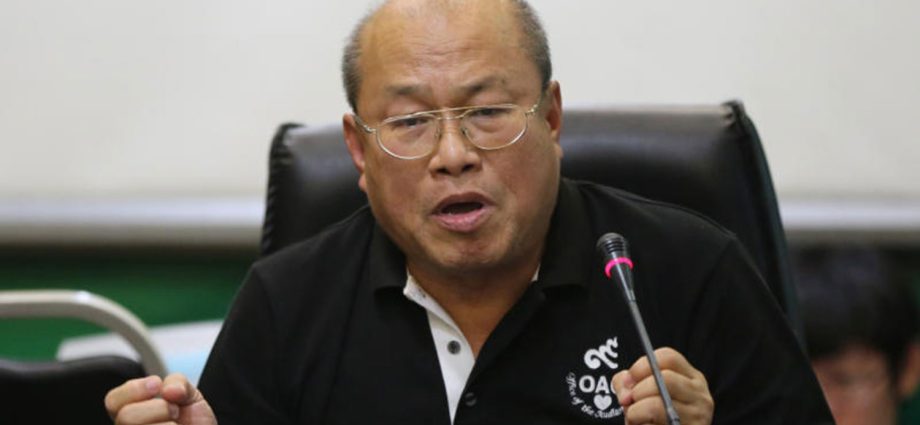House committee also summons current head of State Audit Office to clear up several issues

Former auditor-general Phisit Leelavachiropas has denied any involvement in the design of the State Audit Office (SAO) building that collapsed during the recent earthquake that originated in Myanmar.
Mr Phisit, who now acts as an adviser to the House Committee on Corruption Prevention and Suppression, said he was only involved in the project in the early stages.
He said he was involved in the process of selecting the plot during his term as auditor-general from 2014-17. The building plan was approved by his successors, he said.
“The design and contract stages began years after my tenure ended. Design work occurred around 2018-19, with contracts signed in 2020-21,” he said.
He also addressed public questions about a photo of him with two Chinese businessmen allegedly linked to the project, claiming he did not know them.
He said the photo was taken after Italian-Thai Development (ITD) joined with China Railway No.10 (Thailand) Co (CREC 10) under a joint venture to build the new headquarters.
Mr Phisit also said there were no regulations back then to check on the use of nominees to hold shares in a foreign-controlled construction company. The Department of Special Investigation is currently pursuing inquiries into the shareholding of CREC 10.
He questioned whether any charges could be pressed against the nominees, if found. However, an in-depth investigation into the money trail should be conducted in any case, he said.
Chalard Khamchuang, a Pheu Thai MP and committee chairman, said current Auditor-General Montien Charoenphol has been summoned to clarify the matter.
“The body that can provide truth is the SAO itself. What the agency fails to clarify in public, it can clarify under confidentiality with the committee,” he said.
He said many questions remain unanswered, such as who was involved with contract management.
This would be the focus of the committee’s investigation, along with the construction materials used, down to the cement mix, and whether the supervising engineers were there in person or in name only, said Mr Chalard.
The 30-storey SAO headquarters, under construction in the Chatuchak district of Bangkok, was the only high-rise structure to collapse on March 28 when an earthquake centred in Myanmar shook the Thai capital.
Dozens of workers were killed in the collapse, and retrieval operations are still going on.
According to the Bangkok Fire and Rescue Department, as of Wednesday 66 people have been confirmed dead with nine injured and 28 missing.
It said that within the next two weeks rescue workers expect to reach more areas and more bodies could be found.
In another development, Thitipong Phoprom, head of the SAO project’s electrical subcontracting team, has submitted a petition to the Ministry of Justice seeking payment for work from 9PK Group, a subcontractor of CREC 10, as it allegedly owes more than 10 million baht to over 20 subcontractors.
He alone is owed 3.8 million baht, he claims, adding that previous negotiations to be properly compensated have failed.

